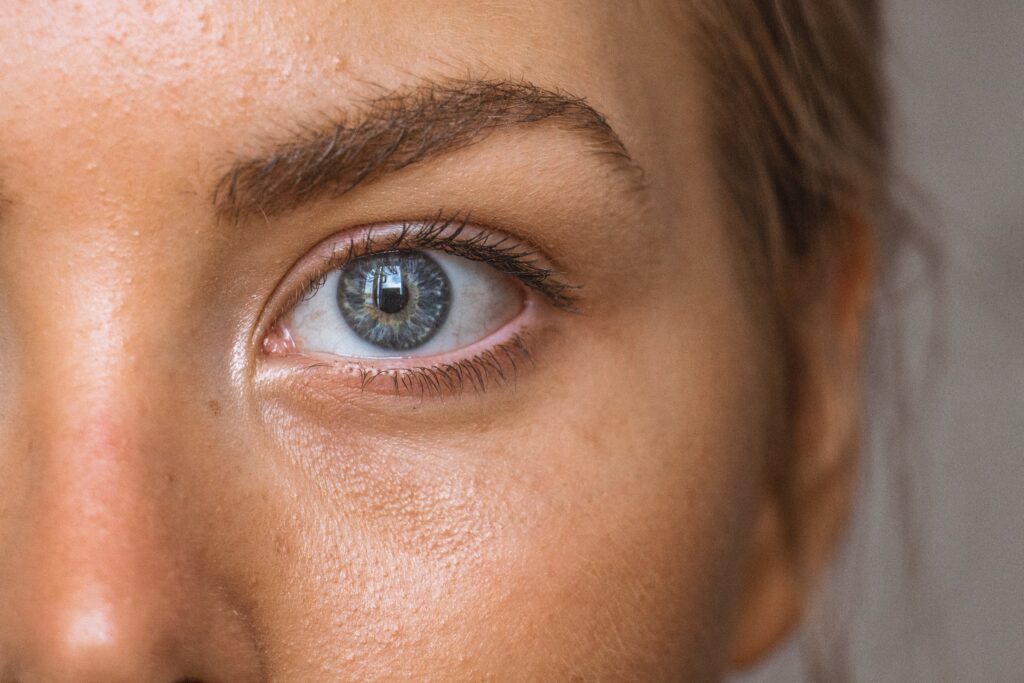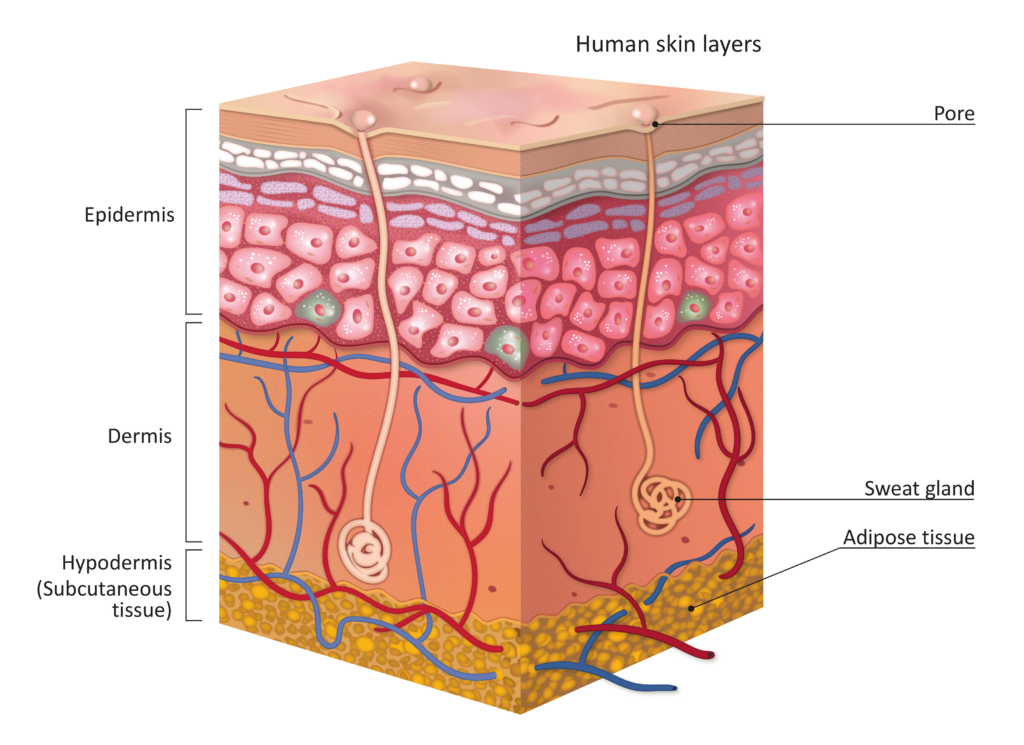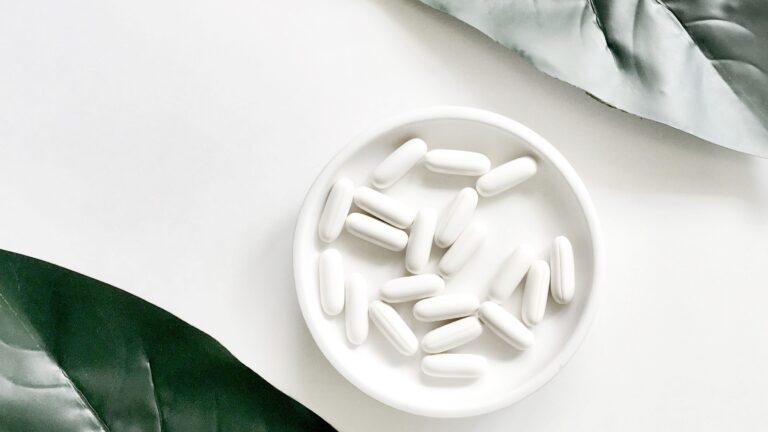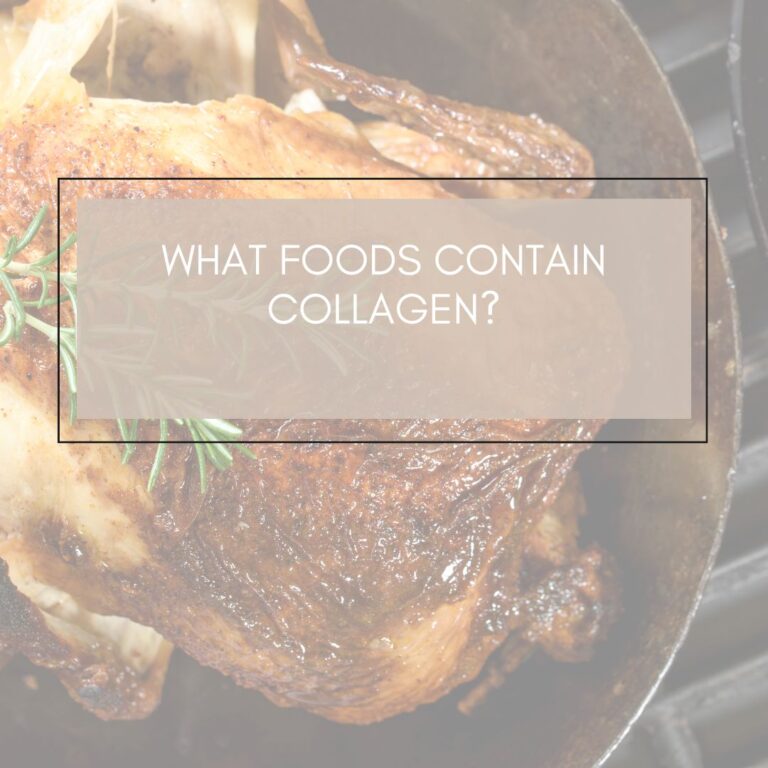Skin physiology: The structure and funtion of the skin
Did you know that the skin is the body’s largest organ?
The skin reflects the health of the body and one of the reasons for this is that ill health can manifest itself on the skin, e.g. in the form of skin problems such as acne or eczema, inflammation or other skin changes.
How our skin looks and how we age is to large extent dependent on our genes, but we can influence a very large part of how the skin developes and ages through our choices of diet and lifestyle.
When taking care of your skin it is about adding what the skin needs to feel good and avoiding what breaks down and damages the skin.
As mentioned earlier, the skin is an organ and it has many important functions for us and without skin we would not survive.
What is the function of the skin?
The skin is the first tissue that gets in contact with our external environment. It protects us against external factors, e.g. viruses, bacteria, parasites, pollutants, toxins and dirt that would otherwise enter the body directly and cause infections and other types of damage to the body.
It is needed to regulate body temperature by protecting the inside of the body from cold and cool it by sweating when it’s hot. This is one of the reasons why it is so important to drink enough water when it is hot outside and when exercising or doing other activities where you sweat a lot.
Sweating is also one way for the body to get rid of toxins. The skin is one of the bodies important detoxification organs.
The skin also acts as a shock absorber. Everything that touches us touches the skin first and protects the rest of the body. It is only when the skin is broken and damaged that the outside can enter the body.
When the skin is exposed to UV-light from the sun, vitamin D is produced. The sun is in fact our most important source of vitamin D.

The three layers of the skin
The skin has 3 main layers:
- Epidermis
- Dermis
- Hypodermis
Epidermis
The epidermis, is the top layer of skin and it consists of layers upon layers of skin cells, of which 90 percent are keratinocytes that form the protein keratin. Keratin is important for maintaining skin moisture.
The outermost layer is called the stratum corneum and consists of several layers of dead, dried flat skin cells, keratinocytes.
New skin cells are produced in the lower part of the epidermis and are replaced from below. It takes around 25 days for a skin cell to reach the skin surface.
In the lower part of the epidermis there are melaninocytes that form melanin. Melanin protects against the sun’s UV radiation and this is what gives the skin color. The more we sunbathe, the more melanin is formed and the darker the color of the skin.
Dermis
The next layer is the dermis, which is thick and elastic and made up of connective tissue containing fibers of the proteins elastin and collagen. Collagen gives the skin elasticity and structure and elastin makes the skin smooth.
Here are also blood vessels, nerves, hair follicles, immune cells, sweat and sebaceous glands located. The blood vessels transport oxygen to the skin and remove slag products that need to be cleared from the body.
Hypodermis/subcutaneous tissue
The hypodermis, also called subcutaneous tissue, is located under the dermis and consists of fat. It acts as an energy reserve, insulation and as a shock absorber.

Nutrition Matters Skin –
Your complete guide to beautiful skin from within!











